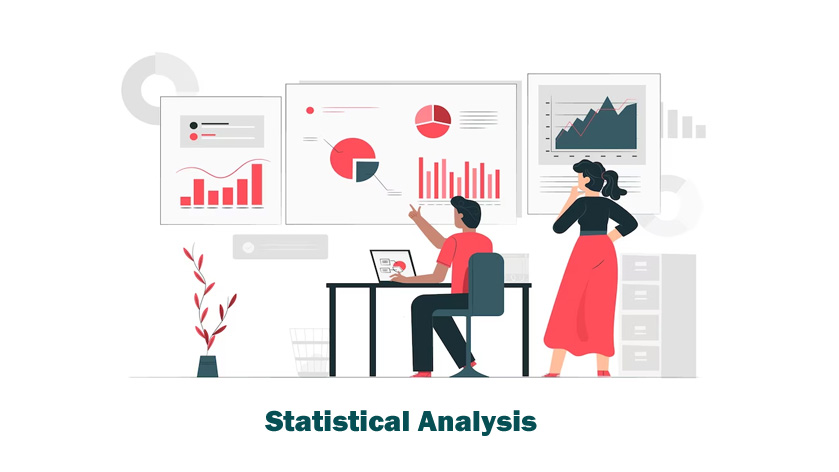Statistical analysis is a method of collecting large amounts of data with the help of various data analysis techniques to identify insights and trends. This analysis is a trend due to increased extensive data use, artificial intelligence, technology, and machine learning. Let us look at another definition: Statistical analysis is collecting and analyzing large amounts of data to determine and get valuable information.
What are the Types of Statistical Analysis?
There are two types of statistical analysis. Both are equally important to ensure the data is communicated to others. It will provide practical, actionable insights:
Descriptive Statistical Analysis
Descriptive statistics review the information within a data set that does not conclude its content. It is a branch of statistics that briefly describes a dataset’s characteristics. This type of analysis aims to provide insights into the data and to summarize its main features, often using numerical and graphical methods. Descriptive statistics do not involve making interpretations or drawing conclusions beyond the data that is in the process of analysis; instead, they focus on meaningfully organizing and presenting the data.
Inferential Analysis
It is a branch of statistics that involves making implications about a population based on a sample of data drawn from that population. Unlike descriptive statistics, which focus on summarizing and describing the characteristics of a dataset, inferential statistics aim to generalize findings from a sample to a larger population and assess the likelihood of those findings being accurate.
Conclusion
In conclusion, the statistical analysis conducted on the dataset discovered several key findings. Firstly, there is a statistically substantial positive correlation between education and income level, indicating that individuals with complex levels of education tend to have higher incomes. Secondly, the analysis recognized significant differences in customer satisfaction scores between the two product versions, with Version B showing higher satisfaction ratings on average.

